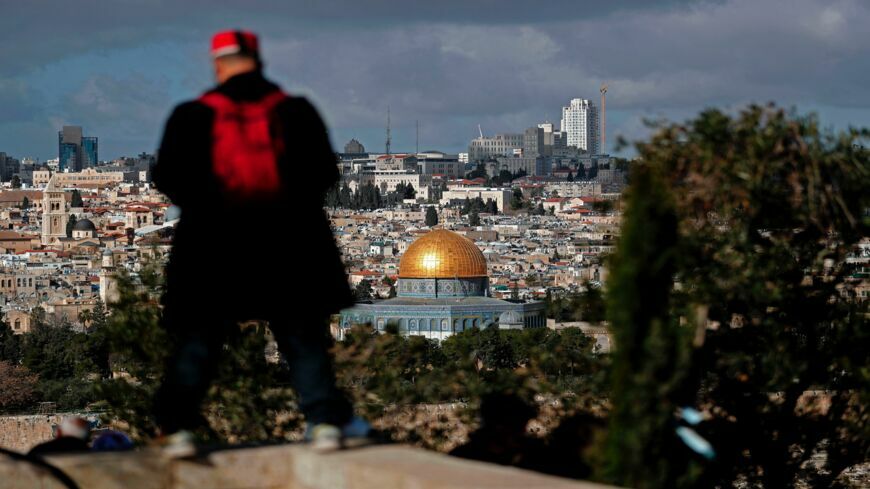
From hijabi Barbie to the hijabi emoji, scholars Nadia B. Ahmad and Asifa Quraishi-Landes report that the Muslim head-covering is now “ubiquitous.” Together they present a compelling listicle of the 5 Myths about the Hijab.
Myth #1: ‘Hijab’ means ‘headscarf’
“Hijab” means “curtain” or “partition,” not “headscarf.” The Koran uses forms of the words “khimar” and “jilbab,” but not “hijab,” when describing women’s dress. “Khimar” means “cover” and corresponds to what we would call a scarf; “jilbab” is an outer garment. “Hijab” has become a common way of describing a Muslim woman’s head covering, but sharia rules on modesty are about more than covering one’s hair — they deal with a range of attire and conduct, applicable to both men and women, intended to protect interactions between men and women from sexual innuendo.
Myth No. 2: Wearing hijab goes against American values
The First Amendment’s establishment clause says “Congress shall make no law respecting an establishment of religion,” which means the government cannot favor, or disfavor, one faith over another. In other words, Islam isn’t any more antithetical to the Constitution than Christianity. The First Amendment also bars any law prohibiting the “free exercise” of religion.
Myth No. 3: Wearing hijab oppresses women
…the notion that wearing a headscarf is inherently oppressive ignores the agency of the person who dons it. Third-wave feminism holds that women should get to choose which practices are best for them without having to contend with anybody else’s expectations.
Myth No. 4: Practicing Muslims wear hijab. Nonpracticing Muslims don’t
… whether a woman’s hair is covered is a bad barometer for how religious she is. Some women wear hijab but don’t pray regularly or fast during Ramadan. Many Muslim women do not cover their hair but regularly pray and fast. On the blog MuslimGirl.com, Shayreen Izoli outlined her view that “while the hijab is indeed a woman’s obligation in Islam, it is not a pillar of Islam,” one of the five core tenets of the religion (which are faith, prayer, charity, fasting and pilgrimage to Mecca).
Myth No. 5: Hijab is only for women
… “hijab” refers to a set of practices for a modest lifestyle. Some of these rules apply to women and some to men. When men wear tight T-shirts to show off their muscles, for instance, they are going against the Islamic notion of modesty, as an article for Islamic Insights titled “The Hijab of Men” put it. Similarly, writes Shaykh Saleem Bhimji for Al-Islam.org, a man “must not wear clothing that is not appropriate, tight fitting, and those that show off his body.”



